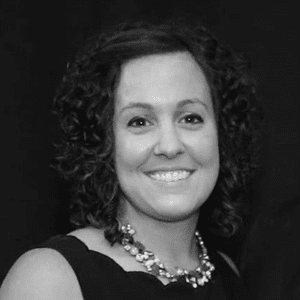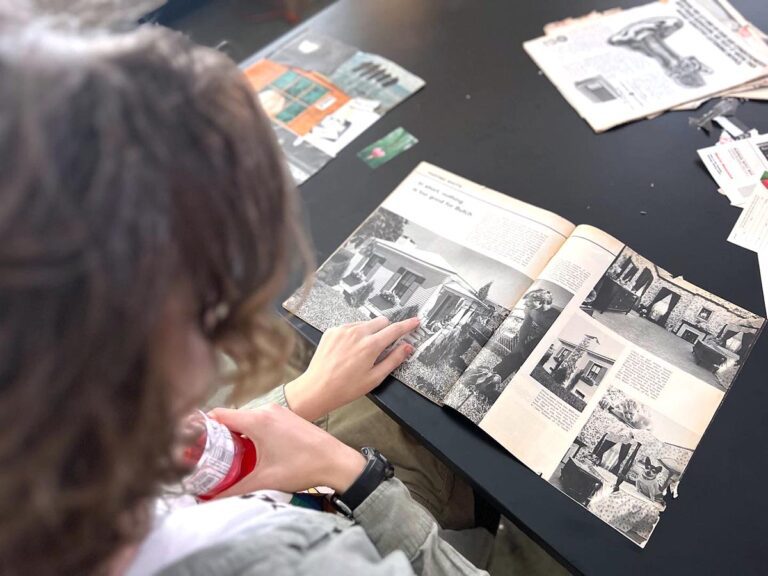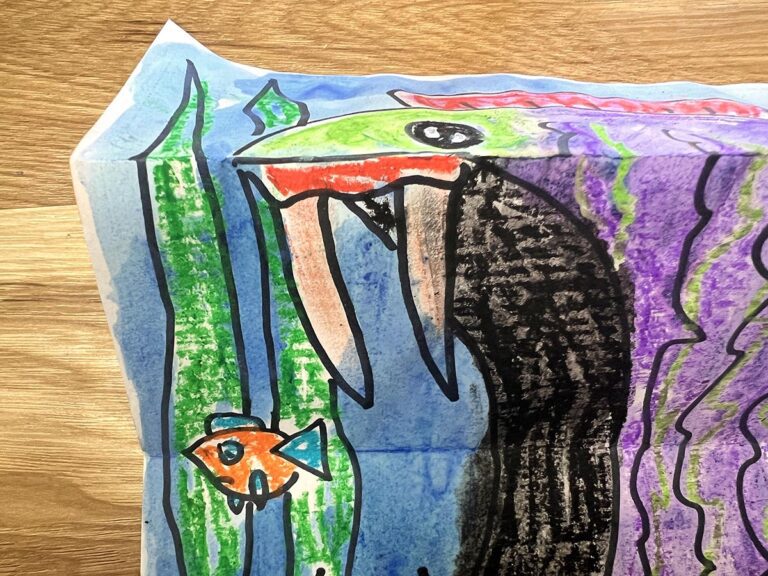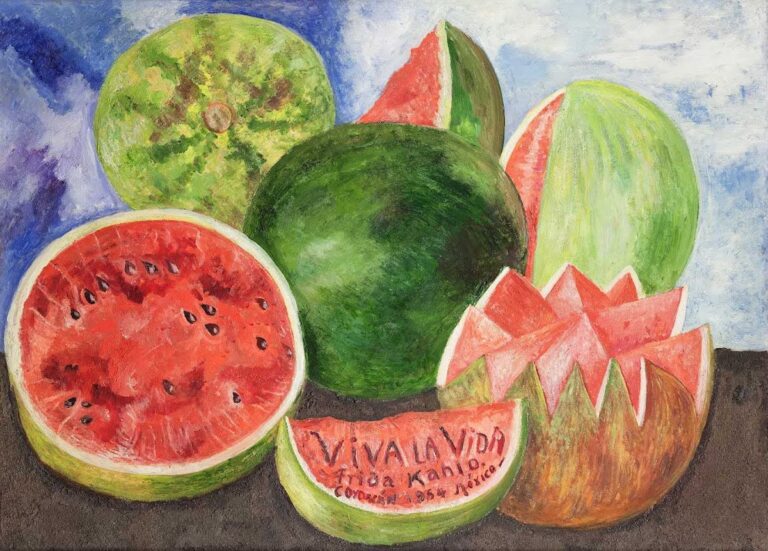
As you design your ideal curriculum for the upcoming school year, it’s important to take into consideration the following three items:
1. WHAT You Teach
What national, state and local standards and benchmarks do you incorporate?
2. HOW You Teach
What educational approach or philosophy do you identify with?
3. WHY You Teach
What inspires you? What excites you? Why did you become an art educator?
The answers to these three questions can turn into a simple teaching philosophy that stands the test of time.
Putting it all together might look something like this:
1. I teach using the New Visual Art Standards as my compass.
2. I teach using a Modified Choice philosophy.
3. I teach because I believe every child should gain a greater appreciation for art, regardless of their future career path.
My hope is that you can continue to come back to this philosophy statement again and again to both inspire and defend your art program. Students in AOE’s Designing Your Art Curriculum course come up with detailed versions of this mission statement to guide them throughout the class. It’s always a favorite assignment. Often, we don’t take the time to really step back and meditate on these aspects of our teaching.
Writing your curriculum is one of the most important things you will do as an art educator. Your curriculum is the foundation for everything. This process looks quite different for all of us, but one thing remains the same: You are the CEO of your classroom. If you don’t have a clear vision for the learning that will take place in your art room this year, who will?
Have fun designing and creating the important learning that will happen this year in your art room!
Using this method, what would YOUR teaching philosophy look like?
Magazine articles and podcasts are opinions of professional education contributors and do not necessarily represent the position of the Art of Education University (AOEU) or its academic offerings. Contributors use terms in the way they are most often talked about in the scope of their educational experiences.




